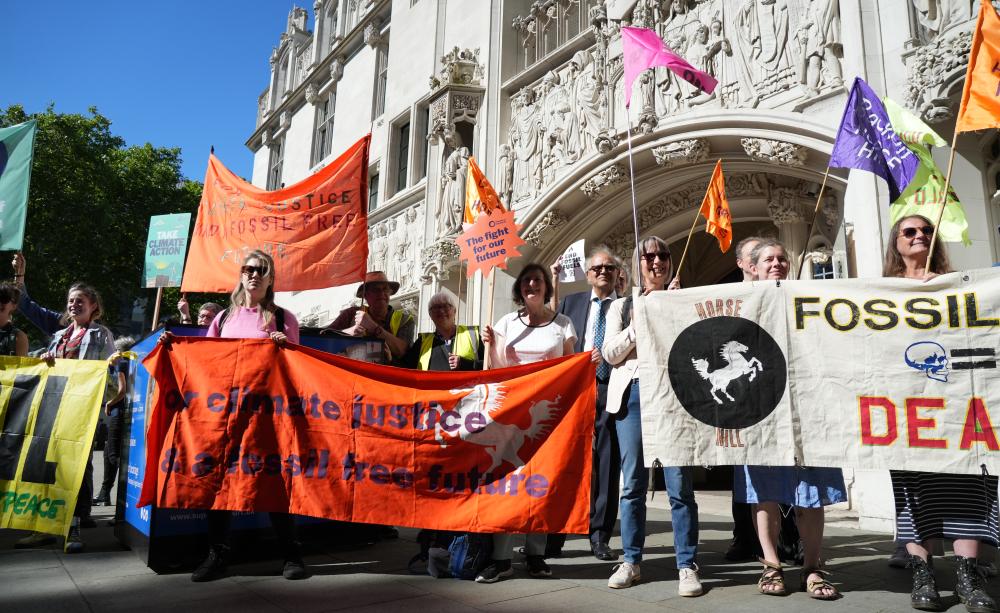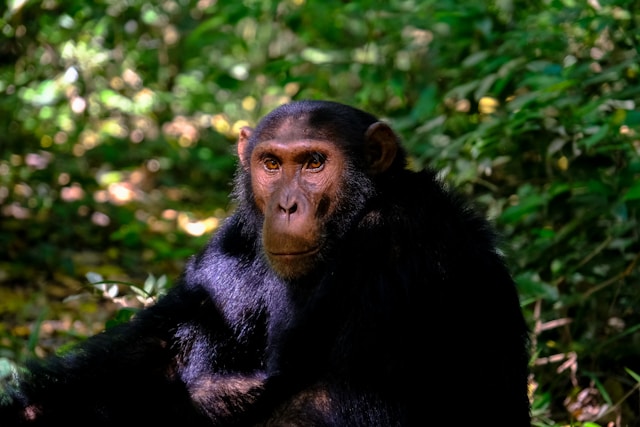- During the COVID-19 pandemic, a young documentary filmmaker began quietly joining a growing number of Facebook community groups run by traders of rare Indonesian birds.
- Over the following two years, a reporting team from several news organizations uncovered a wide network of actors offering species for sale for as little as 250,000 rupiah ($15). These individuals included a serving naval officer.
- One shop owner selling birds in Morowali, the epicenter of Indonesia’s nickel mining and smelting boom, said they began trading in birds in 2018, after ships began docking in the local port bringing oil and cement.
KENDARI, Indonesia — In 2021, as the world grappled with the COVID-19 pandemic, Irwan watched online as a flurry of new social media groups dedicated to parrots sprang up across Indonesia.
When Irwan, whose name Mongabay has changed to protect his identity, first began participating in these online marketplaces, he saw a rainbow of parrot species offered for as little as $15 a bird, but with little further information about the species.
Two years later, after careful research, Irwan helped uncover a diffuse network of operators quietly transporting rare birds from eastern Indonesia for sale. He set out to establish whether the birds were bred in captivity or plucked from protected forests around the industrial boomtown of Kendari, his home in Southeast Sulawesi province.
“This was never detailed,” Irwan told Mongabay Indonesia. “That’s what interested me about it.”
Illegal trade in wildlife around the world is worth up to $23 billion each year, with one out of four global bird and mammal species falling victim to the business, according to BirdLife International.
As in other criminal enterprises, researchers emphasize that the true extent of the illegal trade dwarfs the number of seizures by authorities.
Much of the trade is conducted on social media. In 2016, Facebook partnered with WWF and other environmental groups to form the Coalition to End Wildlife Trafficking Online, aiming to reduce wildlife trade on the platform by 80% within four years.
In 2019, Facebook banned all live animal trade on its platform, allowing only verified sellers with legitimate business reasons. By 2020, the partnership introduced an alert system that notified users about the illegality of trading wildlife products whenever relevant search terms were used.
Flight plan
Mongabay Indonesia worked with other news outlets including Garda Animalia, which reports exclusively on the wildlife trade in Indonesia, to track and document the illegal bird trade in Sulawesi, an important transit hub for wildlife in the archipelago.
Reporters saw protected species advertised openly on social media, including the yellow-crested cockatoo (Cacatua sulphurea), black-capped lory (Lorius lory) and Moluccan eclectus (Eclectus roratus).
One account was traced to an individual whom reporters dubbed by their initials, WL: a university student in Puwatu, a subdistrict of Kendari. Reporters found WL in a two-story house fenced in by concrete and iron walls, with a plastic sheet obscuring the view of a terrace. Parrots native to the island of New Guinea perched in an enclosure outside.
WL said he’d obtained the parrots from a contact known by the Facebook pseudonym “M Parrot.” He claimed the man held a breeding permit from the provincial conservation agency in Southeast Sulawesi, the BKSDA.
WL and M Parrot were members of the same Facebook groups, where they interacted. WL said he understood that M Parrot kept around 20 pairs of birds, and that they could be identified by rings on the birds’ talons used to show certification.
“If it turns out that it’s against the law … well, don’t blame me,” WL told our reporting team. “I’m just a buyer.”
The student said the trade in birds from New Guinea likely came from hunters based in the island, whose western half is part of Indonesia.
Meanwhile, parrots in Kendari are often sourced from Obi Island in North Maluku province, and sent to port in Morowali by weekly ship. From there, the cages are switched to an overland transfer to Kendari.
Boomtown birds
Bungku harbor serves the industrial heartland of Morowali, which is undergoing rapid development as part of Indonesia’s nickel mining boom. The port was undergoing renovations and there wasn’t a ship to be seen when reporters visited this year.
A port worker said he usually saw crates of birds endemic to Maluku and Papua unloaded every week as large ships docked in Morowali. From here, the bird trade fans out into this part of Sulawesi, the world’s 11th largest island.
We met a man on the roadside of the main highway north of Morowali selling various types of parrots, without any official documents.
“This is 650,000 rupiah [$40],” he said, offering us a cage. “It’s a Maluku parrot.”
The man said he obtained the birds from crew members of ships anchored in Morowali, and that he would occasionally purchase birds from a trader in South Bungku, a subdistrict of Morowali.
The main road was packed with thousands of motorcycles of workers from the vast Morowali nickel smelting complex, a key node in the global electric vehicle industry. Inside one small shop by the road we found two black-capped lories, the birds’ feet chained to a small perch. Three yellow-streaked lories (Chalcopsitta scintillata) idled in their cages above a thin base of sand.
The black-capped lories were each priced at 1.8 million rupiah ($110), while the asking price for a yellow-streaked lory was 800,000 rupiah ($50). A contact number was displayed in front of the shop.
The owner said he’d been trading in birds since 2018, after ships bringing oil and cement started docking more frequently in Morowali to feed the mining boom in the region.
Later, when asked to identify the source of the birds via a WhatsApp message, the shop owner didn’t respond.
Bird on a wire
In October 2023, our reporting team visited the Southeast Sulawesi office of Indonesia’s conservation agency, the BKSDA, to obtain information on breeding permits for birds in the province.
The agency held only one such permit on file. It had been authorized in March 2023 in the name of Asriaddin.
Erni Timang, forest ecosystem lead for the Southeast Sulawesi BKSDA, said that documentation held by the conservation agency showed the permit holder didn’t have a license to deal in the birds.
“He can only breed, he can’t trade yet,” Erni told Mongabay. “You need to have a distribution permit first.”
Ahmar, the BKSDA’s conservation lead for Kendari, said his office had on several occasions attempted to clarify the trading status of the permit holder. However, Ahmar said that on every occasion, Asriaddin was unavailable at his registered address because he was on duty at the Kendari naval base. A public relations officer at the base confirmed that Asriaddin was a serving naval officer.
Mongabay visited the registered address in late March. At the home we saw cages containing various colorful parrot species, exotic imports as well as eastern Indonesian endemics, including black-capped lories, yellow-crested cockatoos, and a black lory (Chalcopsitta atra).
“In the past there were many, but now there are fewer,” a resident at the address told reporters.
On May 25, reporters reached Asriaddin by phone and asked about his status as a trader of birds.
“That’s not correct, it’s just speculation,” Asriaddin said.
When asked whether he had failed to report any breeding activities to the government conservation agency, Asriaddin claimed to not properly understand the reporting requirements.
Singky Soewadji from the Indonesian Wildlife Lovers Alliance (Apecsi), a civil society organization, criticized the awarding of breeding permits by the BKSDA conservation agency, which is part of the Ministry of Environment and Forestry.
“The director-general of the BKSDA should carry out its control function,” Singky said, “not wait until there is a violation of the law.”
Photo by David Clode on Unsplash








